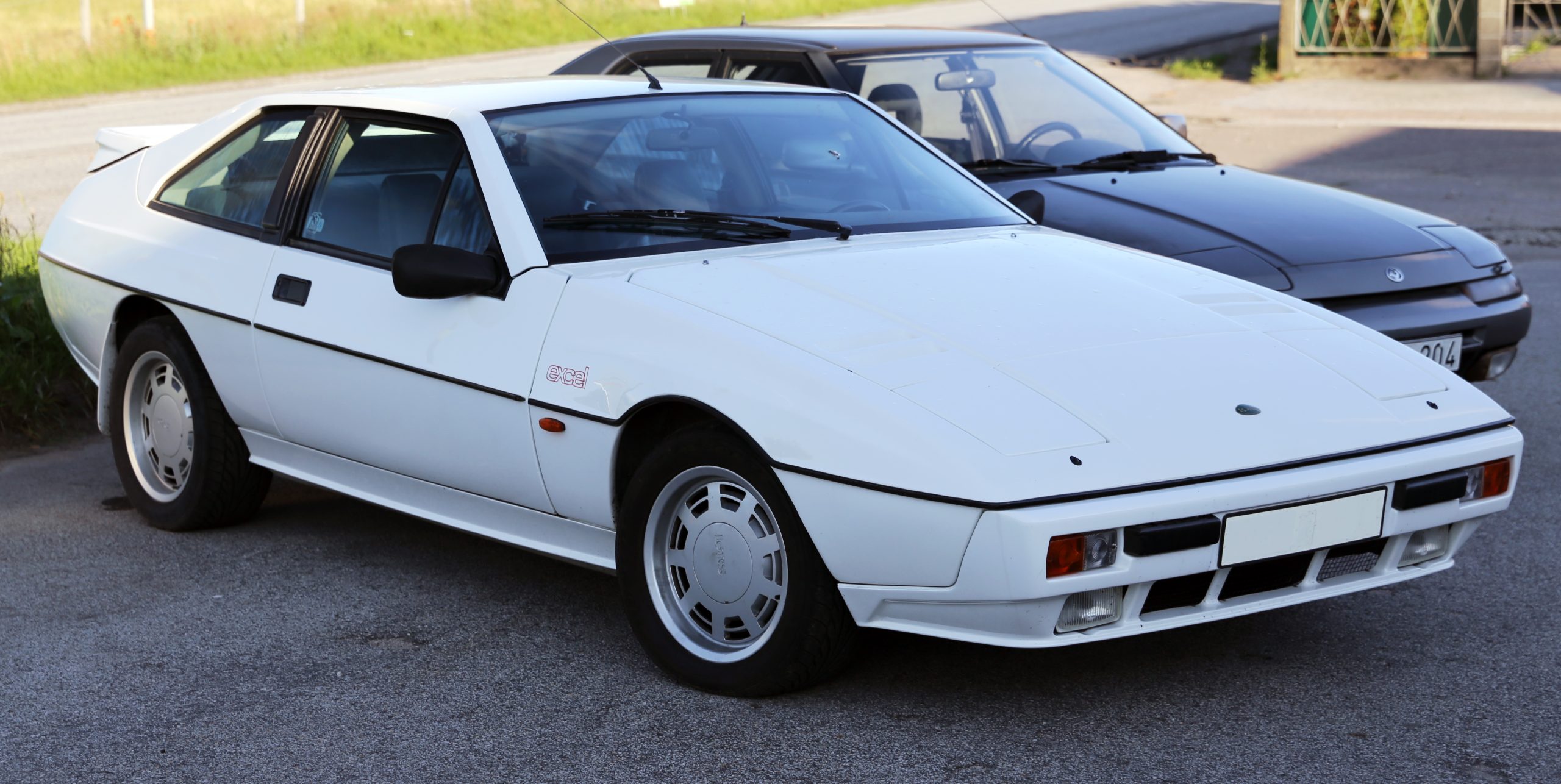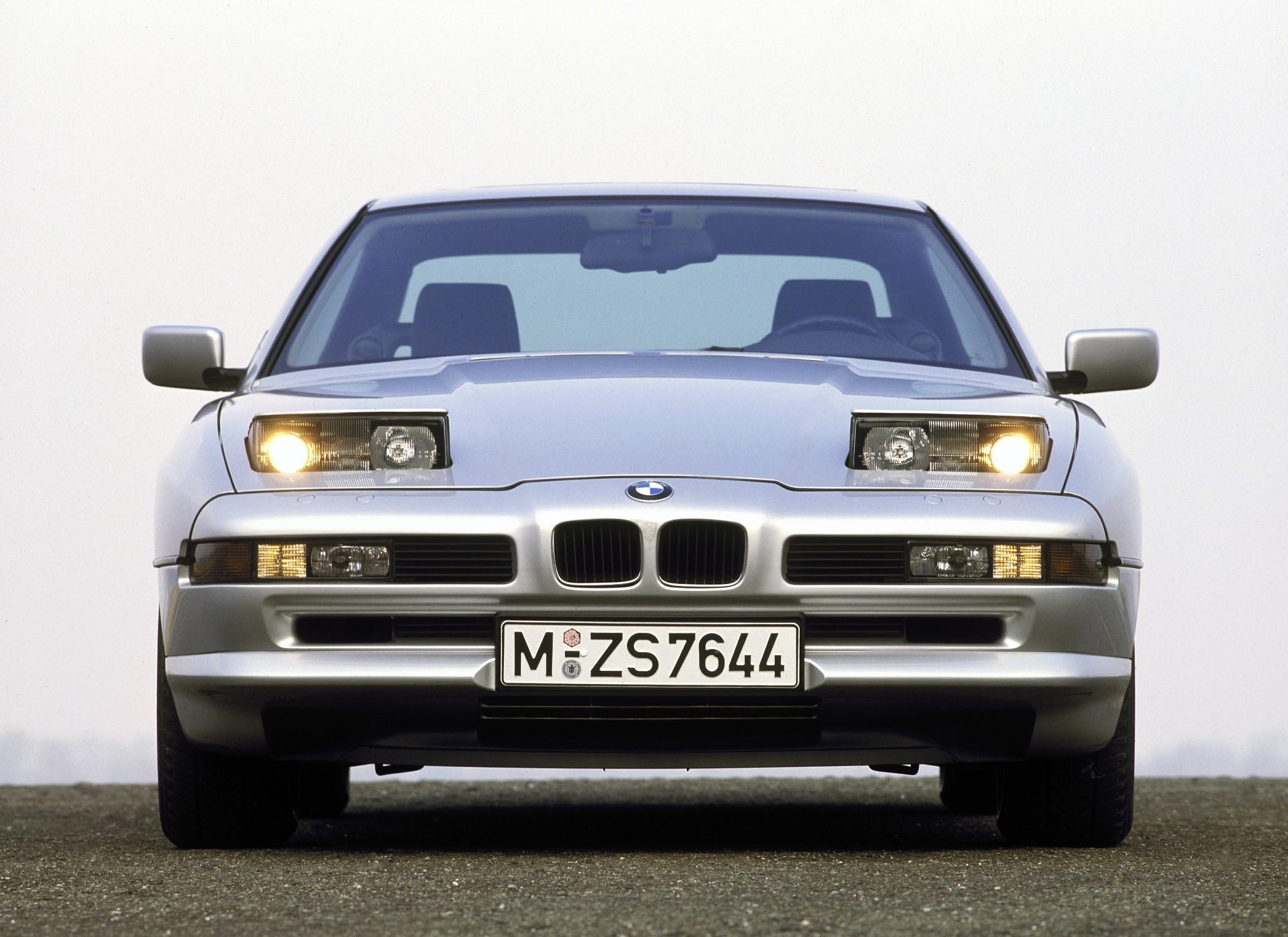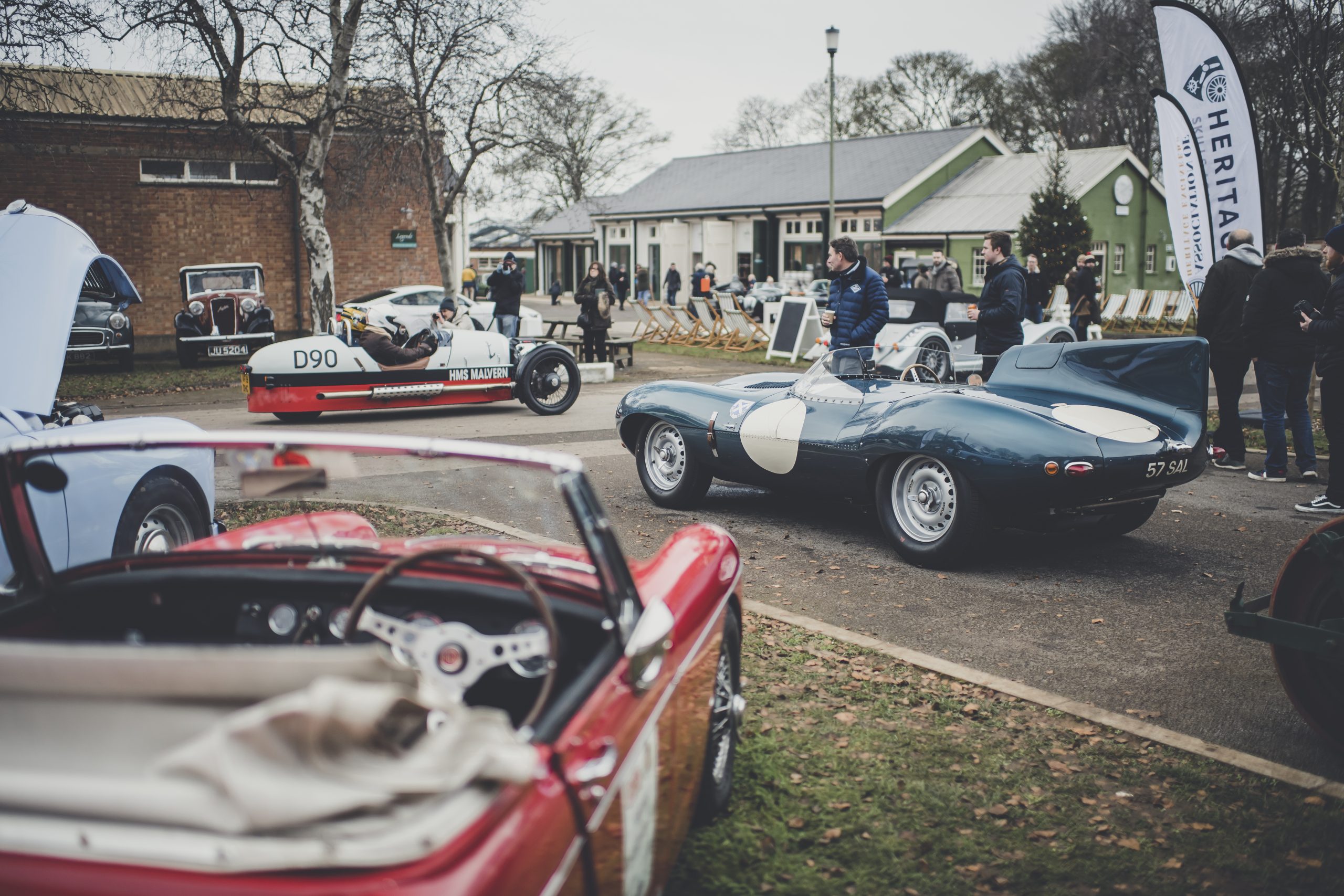Author: John-Joe Vollans
Photography: Lotus & Wikimedia Commons
You could argue, with some justification, that most classic Lotus models remain underappreciated; especially factoring in the thrills that many of these machines offer to press-on drivers. Whether it’s down to their production parts pillaging, less than glamorous four-cylinder engines, or that the excellent chassis dynamics and high-revving performance only really rewards in extremis, whatever the reason, I still think Lotus needs more love.
Among some of the most criminally overlooked models in the Norfolk firm’s back catalogue remain the 1970s and 1980s front-engined Elite, Eclat and Excel. But before getting to these, it’s worth revisiting the Esprit…
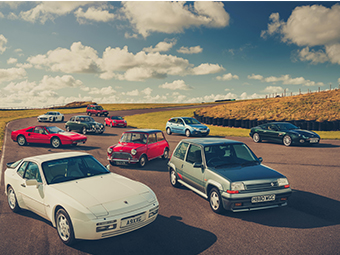
Other than early Series 1s – or rare Essex Turbos – most Esprit models struggle to sell for a quarter of what their Porsche or Ferrari contemporaries fetch. This big GT Lotus still has the DNA of a real sports car and handles as such, with silver screen sex appeal added in for good measure. Prices have finally begun to rise but, there’s still a lot of room for growth. The most numerous, naturally-aspirated S3 Esprit of the 1980s, for example, can still be found for sale with asking prices around £20k (sometimes even less); with its Turbo sibling only commanding another £10k – top Turbo asking prices really run out of steam at £40k-£50k.
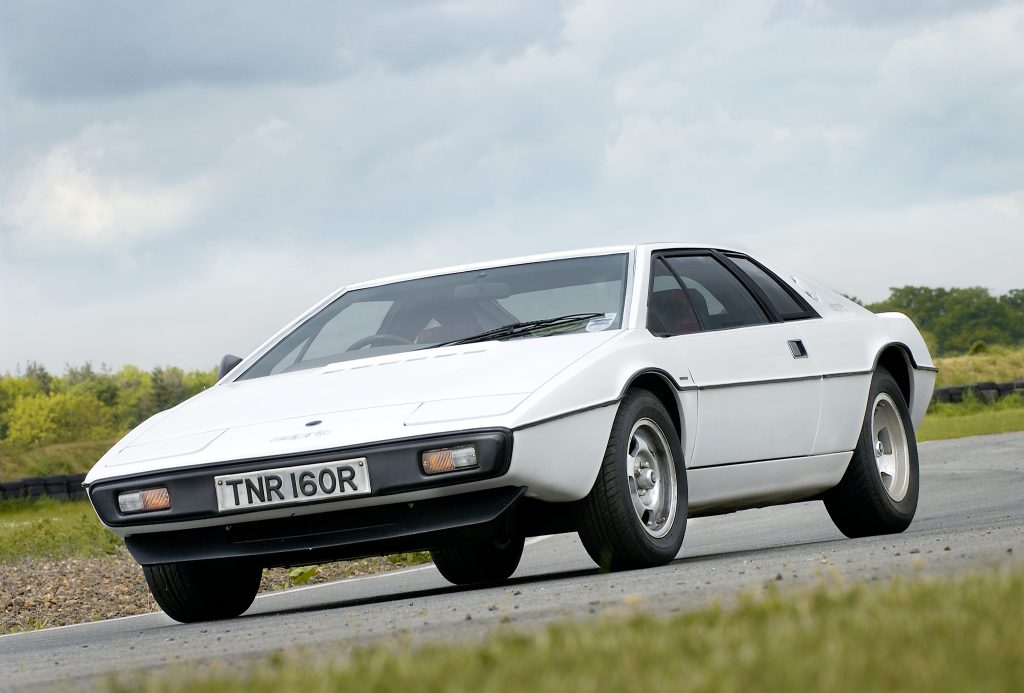
The reason for revisiting this halo Lotus – despite the fact it was launched after the Type 75 Elite – is down to the fact that its fortunes dictates the rest. While the Esprit remains relatively affordable, the ‘lesser’ models will also continue to be reined in. But is that right? Should we all rush out and buy old Lotuses? Well, perhaps it’s worth reading the following first…
The resurrection of the Elite moniker – first used for the pretty Type 14 glass-fibre monocoque sports car of the late-1950s – took Lotus in a dramatically different direction. This metamorphosis is clearly characterised by the angular, wedge-shaped shooting brake which, believe it or not, was a direct replacement for the Elan +2. The Elite’s radical new design, the work of Oliver Winterbottom, took Lotus on a wedgey ride it wouldn’t get off for nearly two decades, yet it all began in May 1974 with the Elite.
Mirroring its bespoke exterior was a new backbone chassis, allegedly penned by Colin Chapman over a weekend, and even a new engine. The 16-valve four-cylinder Type 907 motor had already had much of its development legwork paid for by Jensen, as it powered the Jensen-Healey from 1972, so continuing its development while also powering several Lotus models made for a shrewd financial decision. Unlike in the aforementioned Jensen-Healey, the 907 in the Elite made a very useful and largely reliable 155bhp, endowing the more up-market, comfortable and aerodynamically slippery Elite with a top speed in excess of 125mph. Not at all bad for a 2.0-litre engine in the mid-1970s.
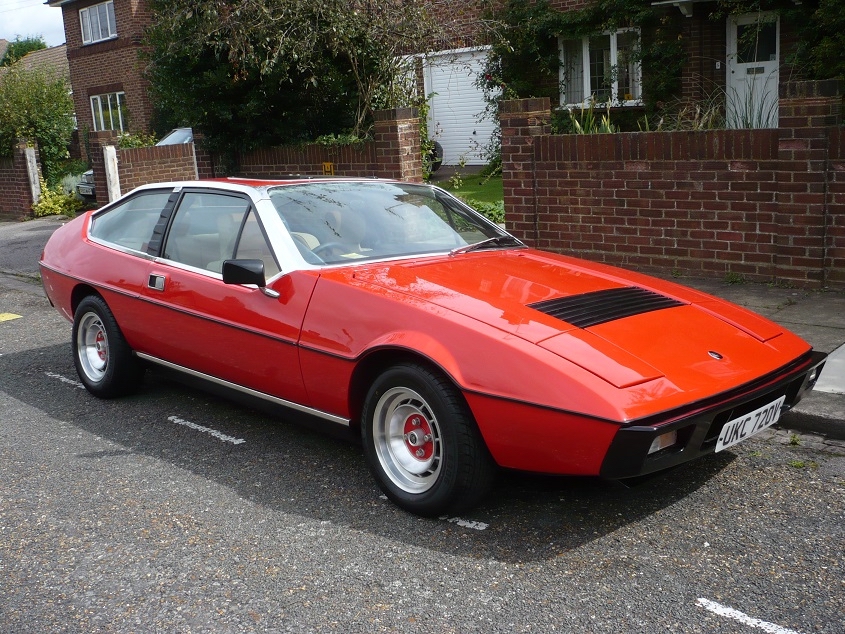
Shortly after the expensive (£6000) Elite was launched, the cheaper and more conventionally styled fastback Eclat arrived, with the (£7979) Esprit also hitting showrooms less than year later in 1976, completing the Lotus sharp-lined lineage. In addition to its lower price, the Eclat’s arrival coincided with a 160bhp tune to the 907 engine, helping silence critics who bemoaned the early Elite’s lack of urgency. A 2.2-litre (named 911) version of the slant-four arrived in 1980 – although it’d already seen sterling service in the Talbot Sunbeam Lotus a year prior – eventually (in 912S guise) bringing 180bhp high-compression heft.
Before the Eclat’s arrival, Lotus had already been steadily adding further comfort enhancements like power-steering and air-conditioning to its ranges. Founder Colin Chapman was keen to distance his firm from its kit-car past, with the greater profit margins of premium machines in the forefront of his mind. Also for 1980, chassis galvanising was added to combat the last area that these Lotuses were likely to rust – aside from all its steering and suspension components or anything else made from mild steel, which certainly liked to return to its ferrous state.
In a move contrary to almost every other sports car maker in history, Lotus progressively lowered the price of its Elite, Eclat and Excel ranges. It could be argued that the original was overpriced, which is why it needed these adjustments, but regardless, the final Eclat Excel was £1100 cheaper than the preceding Eclat. Allegedly, tagging the Eclat name on was a clever way for Lotus to sidestep the huge costs involved in type approval for the new model, which was precisely what the Eclat Excel was.
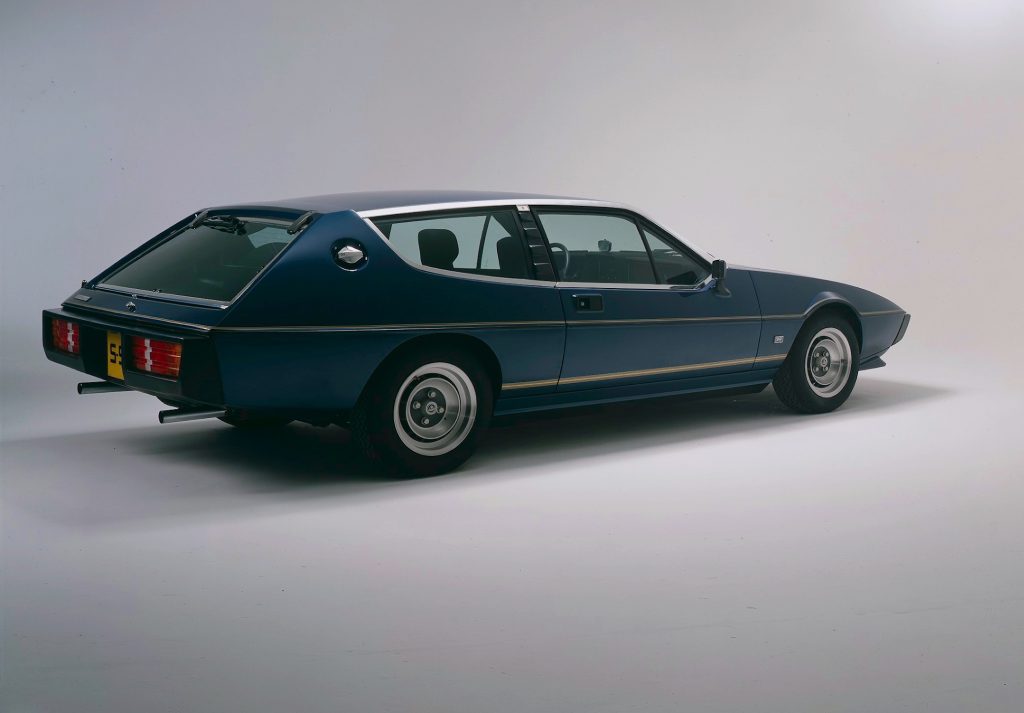
Lotus teamed up with Toyota for the final instalment of the Elite, Eclat, Excel trilogy, which greatly upped the quality of the parts bin from which it could pillage. The Excel – as it was simply known from 1982 to 1992 – used a Toyota sourced transmission, differential and brake discs, and also some trim, heater controls and HVAC components from the Japanese maker.
As the wedge style was already a little old hat by the 1980s, the original Eclat silhouette was reshaped, ultimately rounded by Peter Stevens in 1985 for the SE model, with its drag coefficient dropping as a result (0.32cd down from 0.35cd). The 180bhp, mentioned earlier, was also found powering the ultimate Excel SE, giving the model the performance (60mph in 6.9 and 134mph top speed) the whole range always promised.
The Excel sold well with only the original Elite outpacing its 2075 units sold – Elite 2535 and Eclat 1500. Although a total sales number of just over 6100 doesn’t sound like a lot, because it’s not, these models were significant for Lotus, bridging a gap from its old days making knock-down sports cars to the 1990s resurgence as a cutting edge maker of revolutionary driver’s cars.
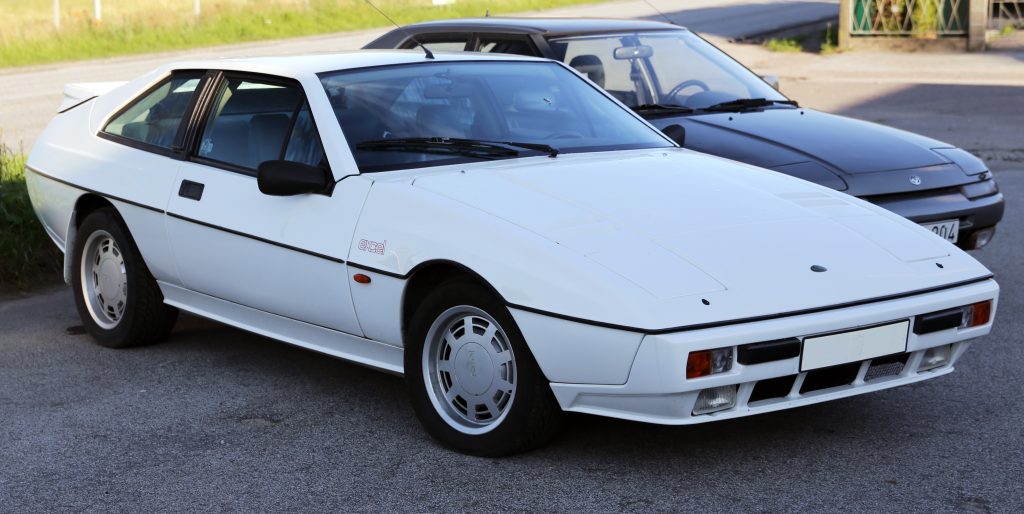
Best of the bunch Excels can still be found for under £10k, with some higher mileage cars barely breaking the £5k barrier. That’s a pittance for a car that can outrun a Porsche 944 and yet offers far more exclusivity. The older Eclats and Elites are finally finding their feet, but they still sit around £15k. If you want a wedgey four door GT from Norfolk that comes from the classic era of driver engagement then you could do a lot worse than one of these Lotuses.
Do you own any of the models mentioned in this article? We would love to hear from you in the comments below.
Read more:
Future Classic: Lotus Evora
The Esprit Put Lotus on the Map
Cars That Time Forgot: The Lotus Seven S4
